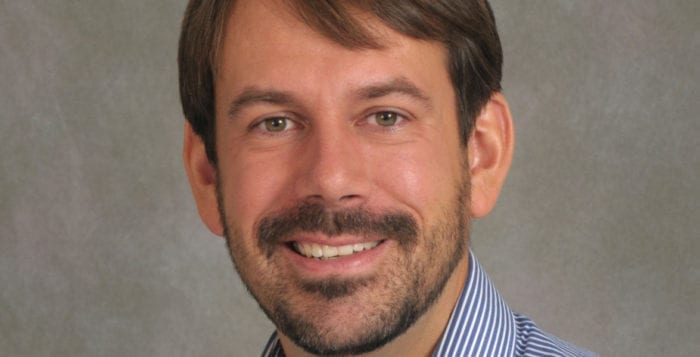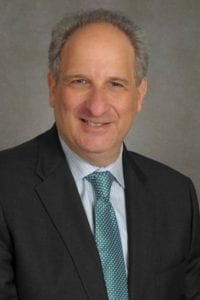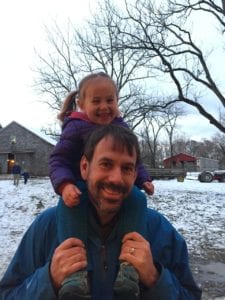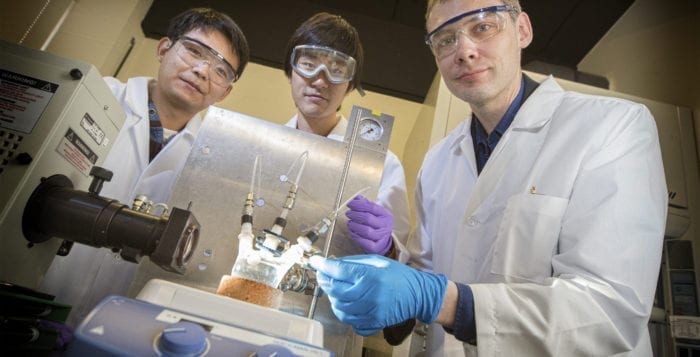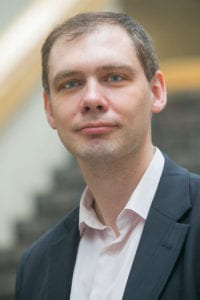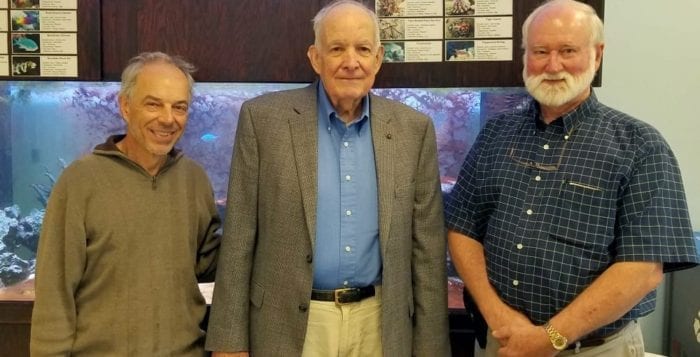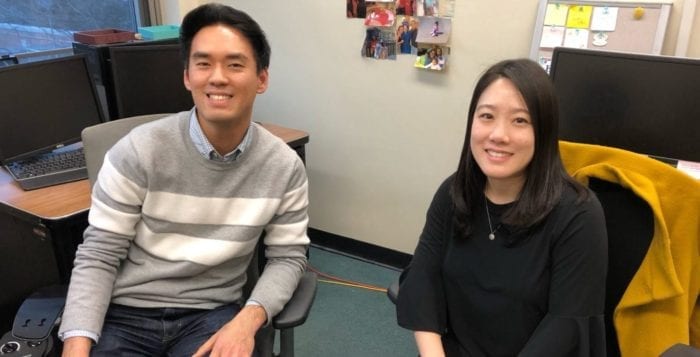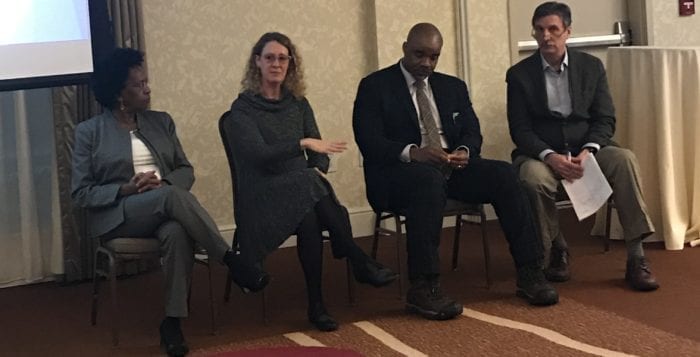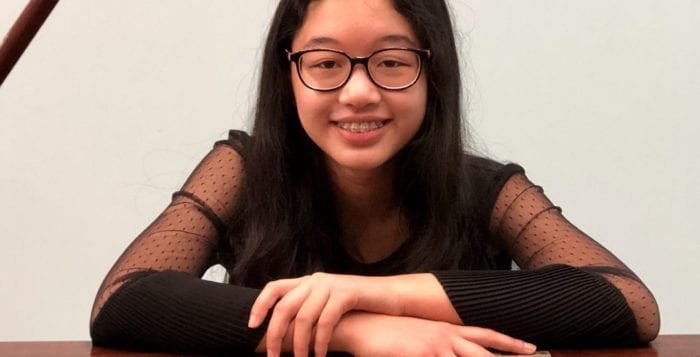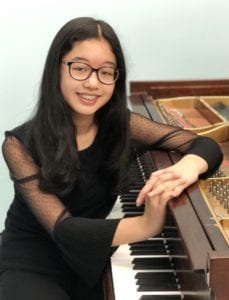By Daniel Dunaief
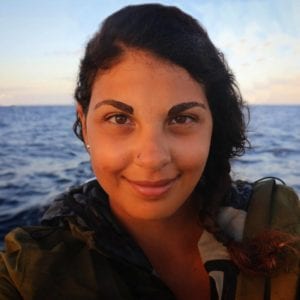
A specialist in investigating plastics pollution, Erica Cirino recently shared an email exchange about her concerns over a growing environmental threat. Cirino, who earned a bachelor of arts in environmental studies and a master’s of science in journalism from Stony Brook University, is a Kaplana Chawla Launchpad fellow at the Safina Center. A guest researcher at Roskilde University in Denmark and a freelance science writer and artist, Cirino is also a licensed wildlife rehabilitator.
How significant are plastics as a source of pollution in the oceans? Is the problem becoming more pronounced each year?
Plastics are a significant source of marine debris, entering the oceans at an estimated rate of 8 million metric tons per year. However, experts don’t have a great idea of exactly how much plastic is entering the oceans because it’s so hard to quantify once it gets in the environment.
What can people on Long Island and elsewhere do to help prevent plastic pollution?
When it comes to preventing plastic from getting into nature, including in the oceans, reducing one’s use of plastic is most certainly the answer. There are many recyclable products on the market, but these only encourage the use of more plastic — and then there’s the actual act of recycling that’s necessary for the plastic to be reused.
To reduce your plastic use, you should make use of reusable containers such as bags, bottles and food boxes, ideally made from natural materials like wood, metal or glass. Hard plastics can be reused, but they do release small particles of plastic into the environment, particularly when washed.
You should also pay attention to your clothing labels, because much of our clothing today is made from plastics. Opt for organic cotton, bamboo, wool and other natural fibers over plastic-based polyester, nylon and acrylic. Every time you wash synthetic plastic-based clothing, thousands of tiny plastic pieces wash off and into the wastewater system. That’s not good because water treatment can’t remove plastic (yet) and it goes directly back into the environment.
Has recycling helped reduce the problem in the oceans or landfills?
Based off of production, waste management and pollution data, experts estimate 8,300 million metric tons of virgin plastic have been produced to date, and only 9 percent of that plastic has been recycled. The vast majority has been tossed in landfills or littered into the natural environment.
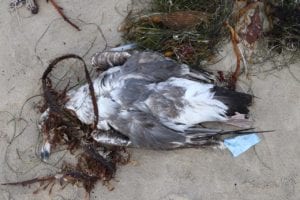
How has plastic affected individual organisms and ecosystems?
In the oceans, plastic breaks down from intact items into microscopic pieces over time, from weeks to months to years. Because there are so many different sizes of plastic in the oceans, wildlife is affected in different ways. Large pieces of plastic may injure or entangle larger animals like whales and sea turtles, while the tiniest pieces of plastic may block the digestive tracts of microscopic marine crustaceans. What’s more, the tiniest pieces of plastic (microplastic), while they sometimes pass through the guts of the animals that eat them, often contain toxic chemicals they’ve absorbed from seawater. Animals that eat microplastic tend to accumulate high levels of toxins in their bodies that can cause disease, behavioral abnormalities and even death.
Where do plastics that wash ashore on Long Island originate?
Based on my years of walking Long Island’s beaches, I can tell you the plastics that wash ashore along the Sound tend to come mostly from New York City and Connecticut. For example, I once found a message in a plastic water bottle that someone had sent from Connecticut, according to the note inside. The note also contained a phone number and I lightly scolded the person who sent it off for tossing a plastic bottle into the Sound. But on the South Shore and the East End, there’s a lot of plastic that comes in from far off places via the Atlantic Ocean as far as Europe and Africa, even.
What are some of the positive steps you’ve seen individuals and/or companies take to address the plastics problem?
There are individuals doing things large and small to address the plastic pollution crisis. Some examples include the formation of beach cleanup groups, political mobilization and pushes for legislation to reduce or prohibit use of plastic items like plastic bags, expanded polystyrene food containers and plastic bottles. Others have created companies that reuse cleaned-up plastic marine debris to make clothing and other items. But the issue with that is that microplastic will shed off these items. I think the most effective efforts revolve around community projects and political action to address the core issue: which is using plastic.
Are there any popular misconceptions about plastics?
The biggest misconception is that recycling is a solution to the issue of plastic pollution.
Is there a plastics message for consumers, companies and policy makers that you’d like to share on Earth Day this year?
Let’s rethink our fast and hurried plastic lifestyles this Earth Day and think about all the problems we’re causing by using fast, easy and cheap plastic. If we love nature, we need to do more to preserve it, and that involves a less consumeristic lifestyle. Let’s value the things that really matter, like friends, family and community.



